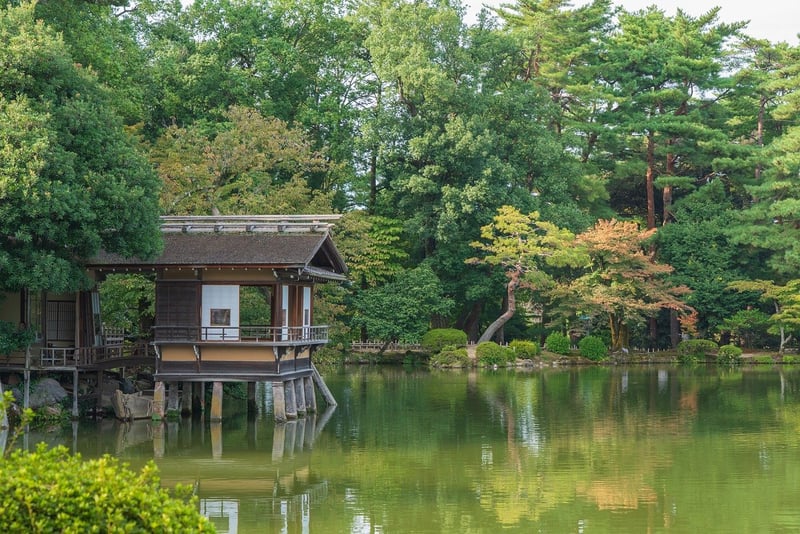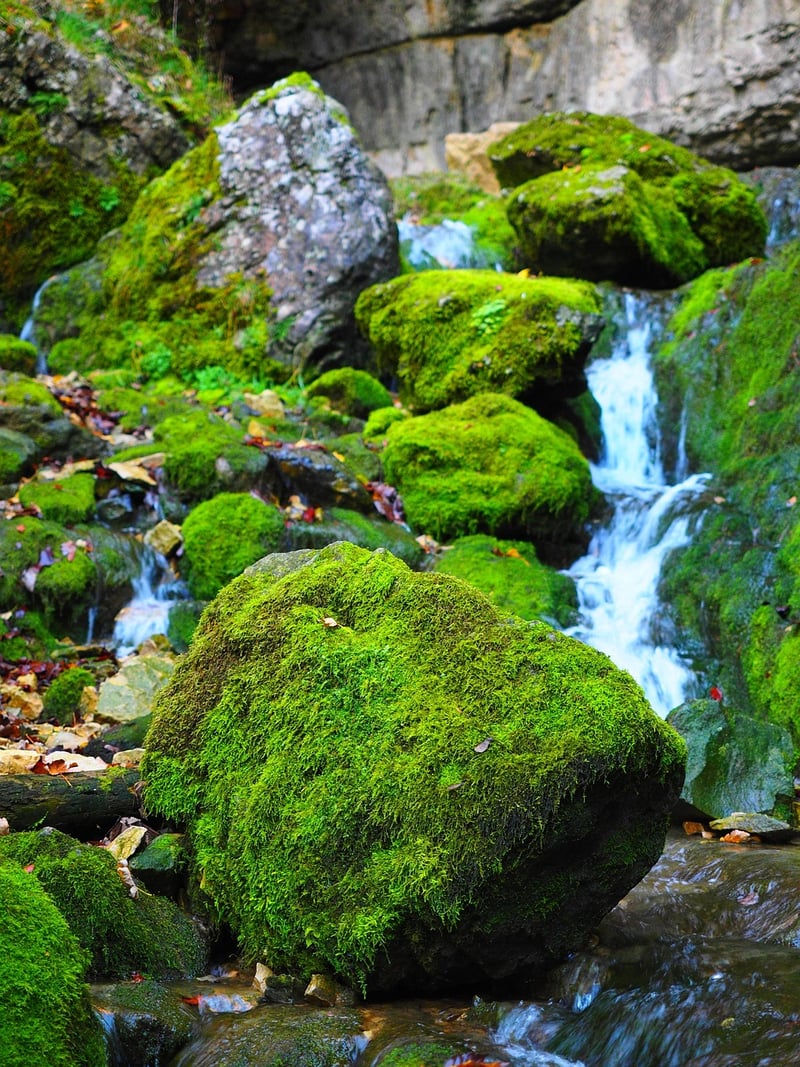Moss Placement
#Minimalism
#Tranquility
#Harmony
The Art of Zen Garden Design and Moss Placement
Introduction to Zen Gardens
Zen gardens, also known as Japanese rock gardens, are an essential part of Japanese culture and philosophy. These serene spaces are designed to promote meditation, mindfulness, and contemplation.
Essential Aspects of Zen Garden Design
- Simplicity: Zen gardens are characterized by their minimalist design, with carefully placed rocks, gravel, and moss.
- Balance: Balance is crucial in Zen garden design, with elements arranged symmetrically to create harmony.
- Natural Elements: Incorporating natural elements like rocks, water features, and plants is essential in creating a Zen garden.
- Symbolism: Each element in a Zen garden carries symbolic meaning, reflecting aspects of nature and life.
Moss Placement in Zen Gardens
Moss plays a vital role in Zen gardens, adding a lush green element that symbolizes tranquility and age. Here are some tips for moss placement:
- Shaded Areas: Moss thrives in shaded areas with high humidity. Place moss in spots that receive minimal direct sunlight.
- Moisture: Ensure the moss receives adequate moisture, either through natural rainfall or regular misting.
- Texture: Moss adds a soft, velvety texture to the garden, contrasting beautifully with rocks and gravel.
Examples of Zen Garden Designs
Below are images showcasing stunning Zen garden designs:


Conclusion
Creating a Zen garden involves careful attention to detail, balance, and harmony. By incorporating moss in your design, you can enhance the tranquility and beauty of these peaceful sanctuaries.
Embrace the art of Zen garden design and moss placement to cultivate a sense of peace and serenity in your outdoor space.
